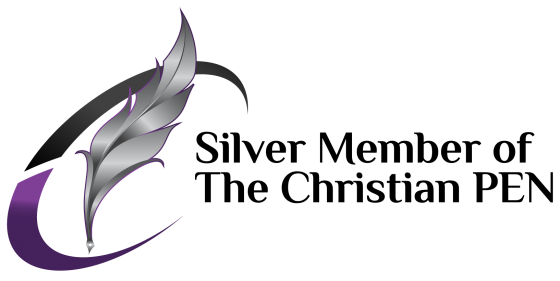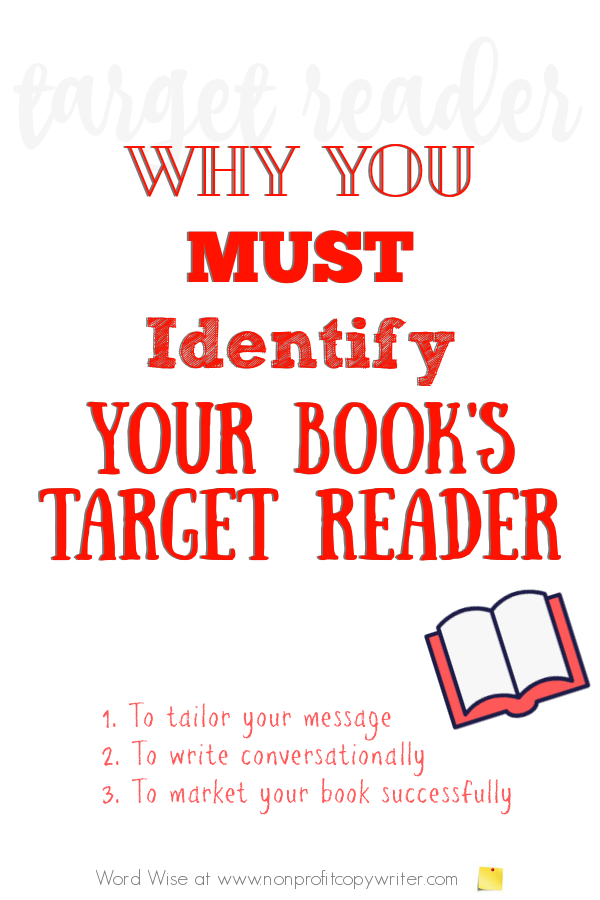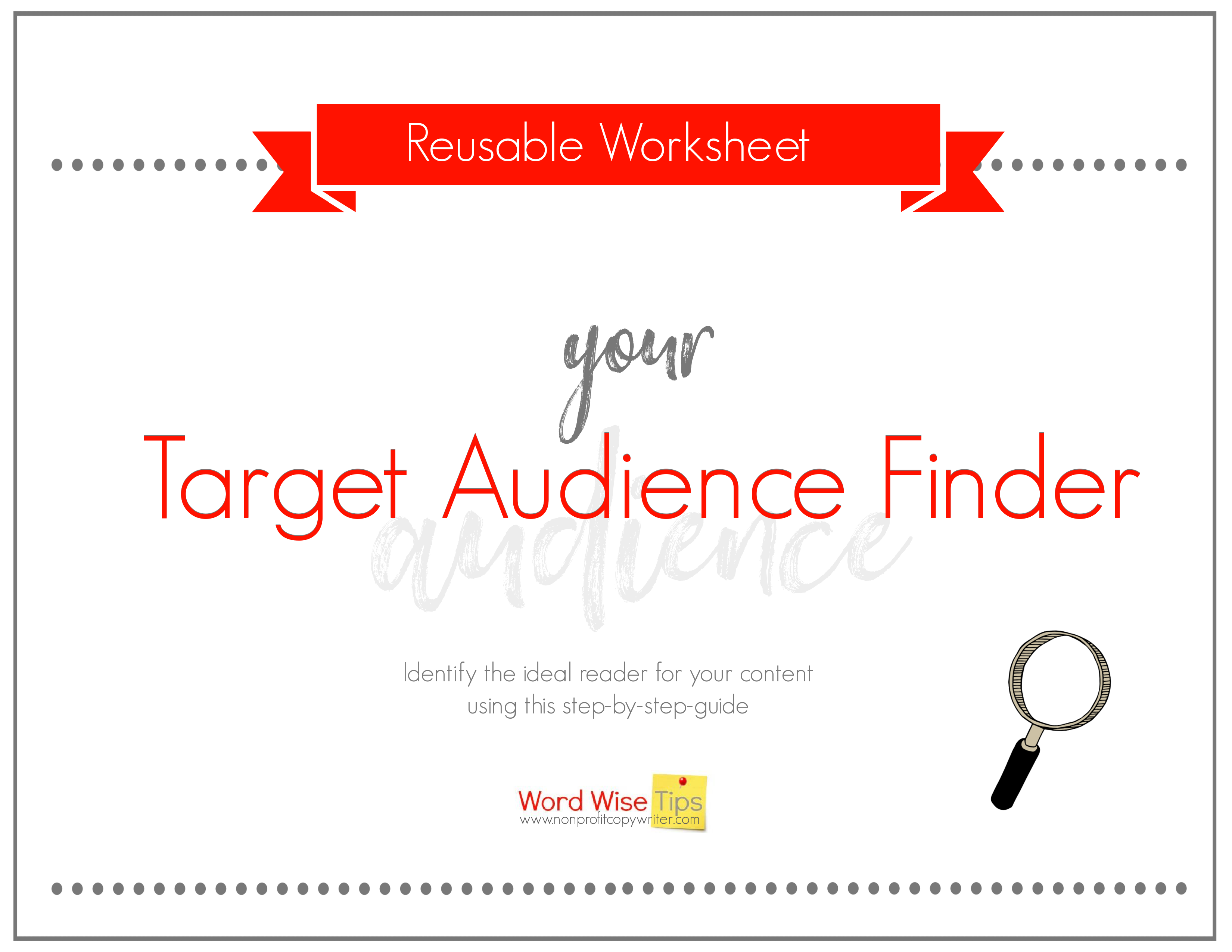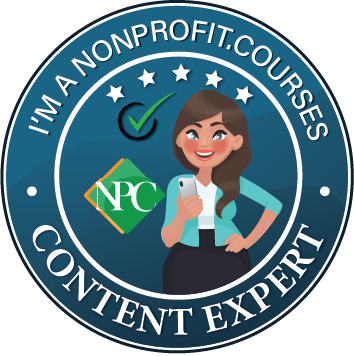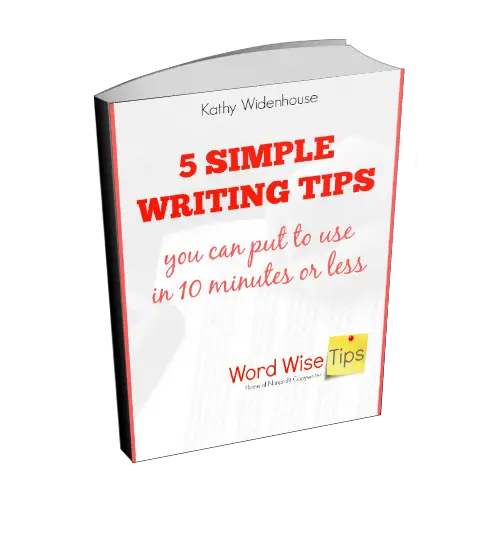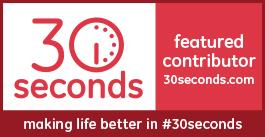Save Time: Get 5 Simple Writing Tips
you can put to use in 10 minutes
Book Writing Help Step 2: Identify Your Readers
Award-winning writer Kathy Widenhouse has helped hundreds of nonprofits and writers produce successful content , with 750K+ views for her writing tutorials. She is the author of 9 books. See more of Kathy’s content here.
Updated 10.1.24
Ready for book writing help step 2? Here’s the truth: a book is just a series of small bits of writing, strung together. To write a book, simply break down the whole into smaller parts. Then complete each small part, one at a time.
The first step is identifying the problem your book will solve. After that …
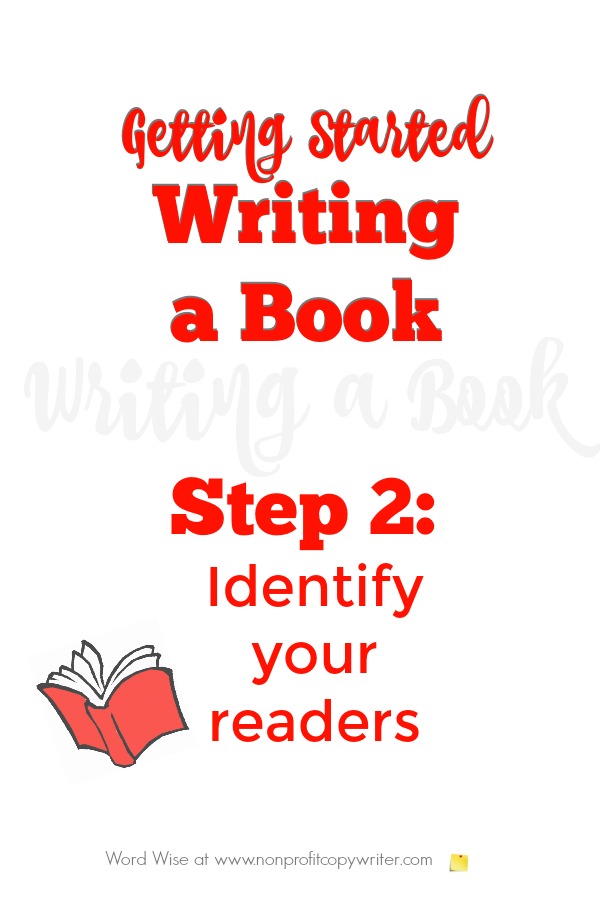
You need to identify the target audience for your book
Who will read your book? Answer this question to pinpoint your book’s potential readers. Here’s why this is a crucial step to take before you write one word of your book.
1. When you identify the target audience, you can tailor your message
Let’s say you’ve got an idea for your book about how to fund a college education. And there’s a good chance you’ve gathered all kinds of experience and information about that topic. Plus, over the course of writing the book, you’ll amass even more.
But your target reader doesn’t need to all of that scrumptious information, as fascinating as it may be. When you understand your audience you can customize your message specifically to their needs, interests, and preferences. From your storehouse of knowledge, what does your reader absolutely need to know?
Your book is not for everybody. Think of students going to beauty school or parents of teenager who start working full-time at the grocery store immediately after graduation. They’re not interested in your book. So you don’t need to spend 3 chapters arguing the benefits of a college education.
With an image of your reader in your mind, you can sift through all the informational goodness. You can embrace topics that require depth and eliminate unnecessary tangents, irrelevant details, and rabbit trails that might dilute your message. When you choose what will resonate most deeply with your prospective reader, your book will be focused and valuable.
2. When you identify the target audience, you can write conversationally
You speak differently to a 15-year-old girl than you do when you talk with a 40-something middle manager or when you’re chatting with a new grandfather. Just like a conversation, a successful book speaks to its primary audience in a unique way. You use language and style that is appropriate for those readers. You want your book to connect with your readers and be relevant to them.
A good example? Two very different books of devotionals. Writing By The Book is a collection of devos for writers. But God and Me! is for girls ages 6-9. When I wrote for writers like you, I could use all sorts of terms like template, metaphor, and superlative. But writing for early reader girls? I stuck to a 2nd or 3rd grade reading level.
3. When you identify the target audience, you can market the book successfully
Whether you sell the manuscript to a publishing house or self-publish and promote your book on social media channels, you need to state succinctly who your book is for and what it will accomplish. Your target reader is a key element of your book summary becomes a foundation for crafting a targeted marketing strategy.
Then you’ll know where your ideal reader hangs out online. You can join those groups and boards and blogs. You can use those channels to talk about content in your book – even get ideas for content and refine what you say.
How to identify the target audience for your
book
Start by picturing your ideal reader – the kind of person you imagine reading your book. Think of someone you know who fits your reader profile. Consider gender, age, worldview, experience, hobbies, interests, income, social position, purpose, and any other details that may be relevant. The more specific you can be, the better.
Take these first steps to get going.
- Research the market. Amazon is the ideal place to start. Spend some time on the online retail behemoth and make a list of existing books or content similar to yours. Then study who reads them.
Let’s go back to our example: you want to write a book about paying for college. What books are out there that talk about financing a college education and what topics do those books address? One book may exclusively talk about earning scholarships. Others may concentrate on financing an overseas university degree. These clues give you an idea about what subjects in your niche attract readers. - Define demographics. Record your initial insights about the type of user who is attracted to books similar to yours, including age, gender, occupation, education level, and geographical location. Using our example, make notes about the kinds of readers who’d want to read a book about finding funding for college: high school students on a college track, their parents/guardians – even teachers and guidance counselors.
- Analyze your prospective reader’s personality. Take a deep dive into your audience's psychographics—attitudes, values, beliefs, and lifestyles. What are their fears? What brings them joy or hope? When you understand a reader’s emotional make up and drive, you can craft content that resonates with them.
- Identify your reader’s pain points and desires. What challenges are your potential readers facing? What goals or aspirations do they have? Perhaps your readers would like to graduate from college debt-free. Maybe they plan to go to graduate school and want to know how to minimize undergraduate expenses. Your book can be most successful when it addresses those pain points and desires – and delivers valuable solutions.
- Engage with potential readers. Use social media, surveys, and interviews to interact firsthand with your target audience. Explain, “I’m writing a book about creative ways to fund a college education. What kinds of information would be most helpful to you?”
Use this fillable guide to identify the ideal reader for your book.
How to create a reader profile
By now, you’ve gathered lots of tasty data that can help you understand your target reader. The next step to develop a detailed profile of your ideal reader or reader avatar – a fictionalized summary of the ideal reader for your book. With your reader profile front and center, you can write your book as if you’re speaking directly to that person.
Your ideal audience profile can include demographic details as well as your target reader’s interests, habits, motivations, and even fictional details that humanize them. For instance, instead of "middle-aged female parent," consider "Janice, 45, is a single mother of two high-achieving high schoolers. She is a professional woman with a college degree who is health-conscious and is looking for practical finance advice about helping to pay for her kids’ college education."
You can add or subtract any elements from the reader profile to fit the uniqueness of your book. For example ...
- If you’re writing a children’s book that is suitable for both genders. In that case, your sentence will not specify boy or girl.
- If you’re writing a book targeting females who want to pursue a second career as personal chefs; in that case, readers’ other hobbies don’t matter.
Or your profile may contain more than one group of readers – mothers and daughters, for instance. Include that piece of information as you create your reader avatar draft.
The more specific you can be at this point, the easier it will be to write your book later. You reader profile is extremely valuable as you plan your book. It will allow you to position your book to a unique audience.
Extra tips for writing your ideal reader profile
- Tell a story. Use storytelling techniques to flesh out your reader avatar. Describe their daily routine, challenges they face, and how your book can solve their problems. This narrative approach makes the avatar more vivid and relatable.
- Use empathy. Imagine yourself in your reader’s shoes—what would they find compelling, valuable, or transformative in your book?
- Address more than one reader segment. Consider niches within your broader audience that are often overlooked. Think back at our example. How might your advice apply differently to high-achieving high schoolers … student athletes … average students … teenagers who are excellent students but live at the poverty line?
- Refine over time. Creating a reader avatar is not a one-time task. As you get feedback and begin to write your book, you discover helpful information that can appeal to different kinds of readers. Use that data to refine your understanding of your target audience.
Book writing help: take a step
When you break the process into smaller steps, writing a book can be a reality. One step is manageable. Do a few steps and soon, you’ll be on your way.
So take a step right now: draft an ideal reader profile. When you know your audience, you can think of them as you write and direct your content in a way that they can understand and receive it. These factors are keys to a successful book.
Use the target audience finder to begin to identify the target reader for your book. (Get yours here). Choose as many variables as apply to your book. Then fill in the blanks to complete your reader profile sentence.
Fill in the blanks to complete your reader profile sentence.
My book is for ...
Age group ________
Gender__________
Worldview ______________
Experience/hobbies/interests ___________
Income/social position ________________
readers.
More about Writing a Book
Getting started writing a book ...
How to Use a Personalized Book Writing Plan to Get Your Book Done ...
5 Places to Find Book Ideas ...
Test Your Book Idea with These 4 Questions ...
How To Get Started Writing a Book With a Brain Dump ...
Top Tip for Selling Your Book ...
Tips on Writing a Book (Before You Get Started Writing) ...
How to Write a Book Summary that Sells Your Book ...
Book Writing Help Step 1: Identify the problem your book will solve ...
Book Writing Help Step 3: Find your book's unique niche ...
Book Writing Help Step 4: Write a Summary Sentence ...
Book Writing Help Step 5: Choose a Publishing Platform ...
Book Writing Help Step 6: Write a Book Outline and Chapter Plan ...
Book Writing Help Step 7: Create a Writing Plan ...
6 Tips for Writing Good Copy for Your Book Jacket ...
Writing eBooks: Frequently Asked Questions ...
More Book Writing Tips on our Pinterest board ...
Return from Book Writing Help Step 2 to Nonprofit Copywriter home
As an Amazon Associate I earn from qualifying purchases.
Share This Page
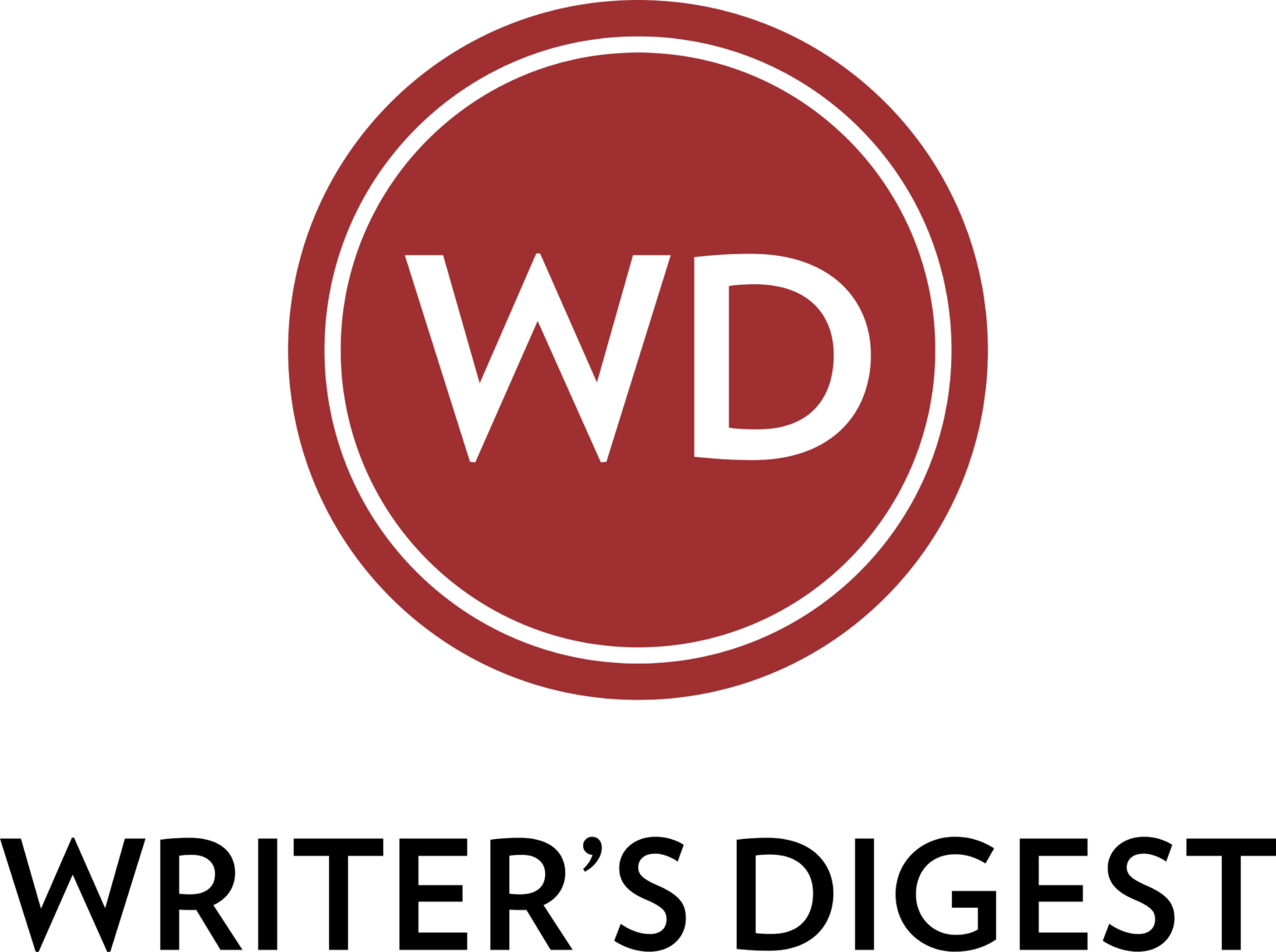
Named to 2022 Writer's Digest list
BEST GENRE/NICHE WRITING WEBSITE
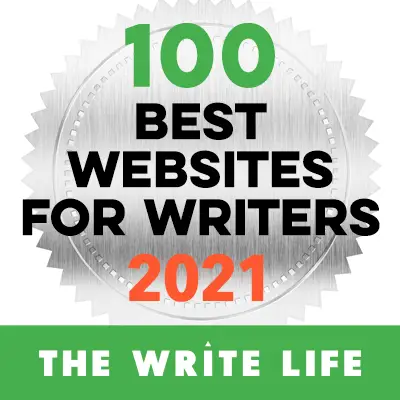
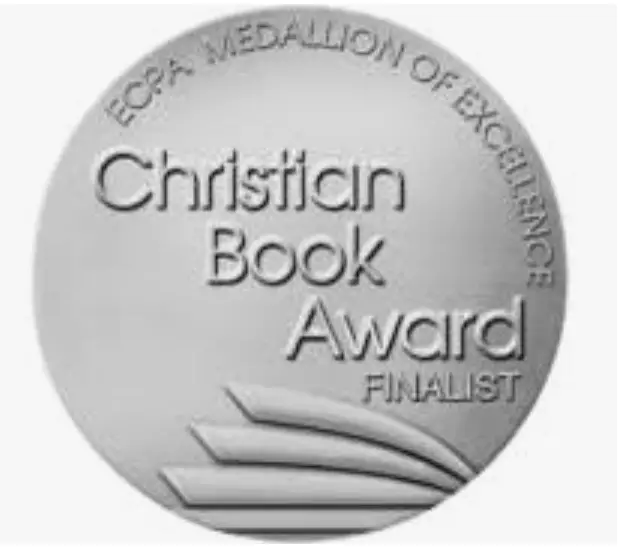
Stop Wasting Time!
Grab your exclusive FREE guide, "5 Simple Writing Tips You Can Put to Use in 10 Minutes or Less"

